What is Minovashi daikon and how to grow it?
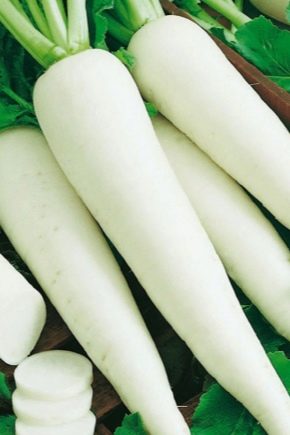
Daikon (Japanese radish) is not for nothing considered an excellent dietary product. The dense, juicy pulp, combined with a delicate sweetish taste, pleased many. You can eat it both raw and boiled, stewed, salted or pickled.
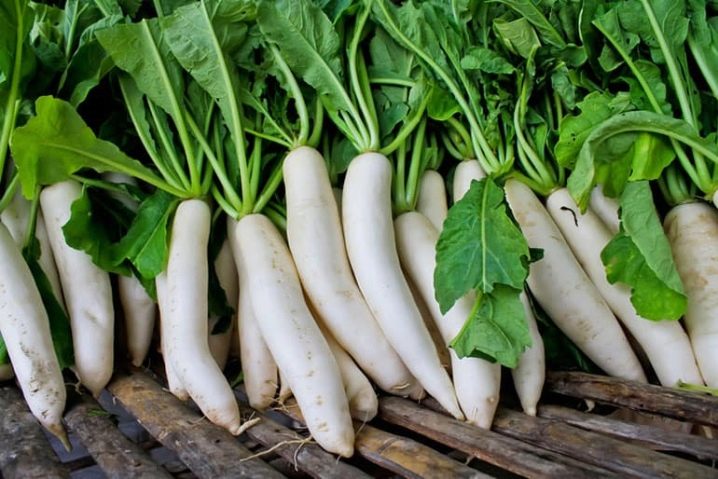
general description
The Minovashi variety is ideal for the first acquaintance... An unpretentious cylindrical root crop with a tapering tip can reach about 60 cm in length with a weight of up to 1.5 kg. But more often there are fruits 40-45 cm long, weighing 300-350 grams.
The top of the plant forms a lush rosette, which is also good for food. In Japan, daikon leaves are used to prepare side dishes for sushi and salads. The amazing quality of this plant also lies in the fact that it does not accumulate toxic elements from the environment. Greens can only be used freshly cut, as the leaves wilt very quickly and begin to turn yellow. Therefore, only daikon root vegetables can be purchased in stores, and the use of greens is the prerogative of gardeners.

Landing
Daikon of the Minovashi variety can be grown in almost all natural areas. It is different unpretentiousness and resistance to diseases and pests... It is optimal to plant the daikon in light soil to obtain high yields. This root crop is not very fond of the spring cold - even + 10 ° C is equivalent to frost for it.
The ripening period of daikon is, depending on the specifics of a particular variety, from 60 to 75 days. If you wish, you can also enjoy a young daikon after 50-55 days. It is advisable to plant the daikon 2-2.5 months before the desired harvest date. The best period for planting this variety is the second half of July. If the summer is not hot, then you can plant it in late June - early July. You can make several crops with a difference of 1-2 weeks in order to be able to harvest a full harvest.
It is undesirable to plant the daikon in spring due to the fact that the lengthening daylight hours and the increase in air temperature stimulate the development of peduncles. Shooting adversely affects the taste of the root crop, even if the peduncles are promptly removed.
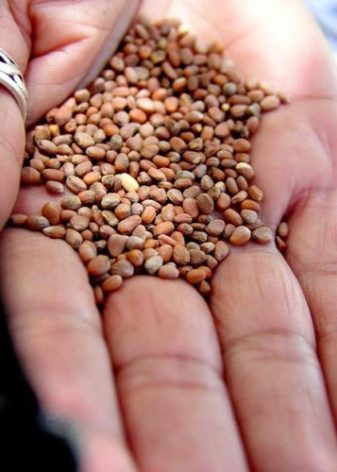
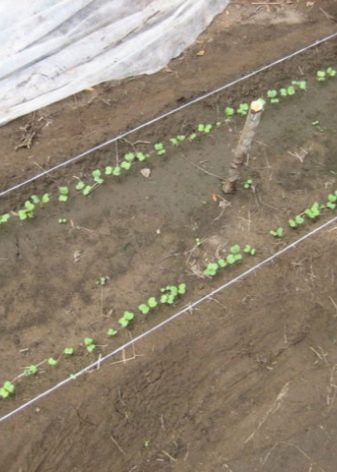
The daikon is planted in a sunny place. The ideal option is the land after harvesting early crops (potatoes, onions, cucumbers, tomatoes).
The earth should be carefully dug up, made looser by adding straw cutting, old sawdust, peat, grass after mowing the lawn when digging... As an additional fertilizer, you can use humus and wood ash (a bucket of humus and a glass of ash per 1 sq. M of the garden), a mixture of superphosphate, potassium sulfate and urea (1 tbsp each).
Seeds are planted in grooves to a depth of 2-3 cm.The standard distance between seeds is 15-20 cm, between grooves is 60-80 cm... It can be planted in holes, the distance between which should be 35-40 cm. It makes no sense to plant the daikon more densely, as usually this variety has good germination. It is advisable to spill the garden bed before planting seeds in it. It is undesirable to water the soil after filling the seeds, as this provokes the appearance of a hard crust that prevents the germination of delicate shoots. If the daikon is planted in spring unheated soil, then it is imperative to close the bed with a film or agricultural canvas to create a greenhouse effect.
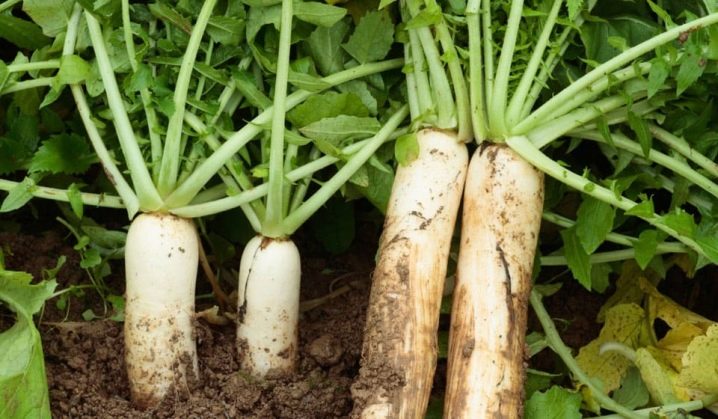
Care
Basic daikon care consists of regular watering, loosening and weeding. Top dressing is not mandatory - you can limit yourself to applying complex fertilizers once or twice.Special dressings for root crops also help well. There are many of them in stores, the most common are BioHumus, Fertika, Agricola. It is undesirable to use fertilizers with a high nitrogen content, including bird droppings, mullein, etc. A high concentration of nitrogenous compounds leads to an increase in the volume of the tops due to the root crop.
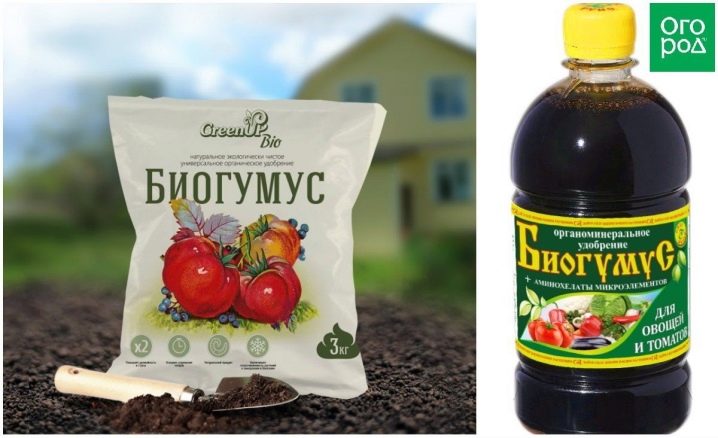
The most important element of caring for the Minovashi variety is a large amount of water.
It is from the regularity of watering, the amount of water that the size and juiciness of the root crop directly depend. The minimum watering schedule is 2-3 times a week. And in hot and dry weather, it should be plentiful and daily (at least 20 liters per square meter of planting). Ideal - drip irrigation or sprinkling. It is desirable that the ground is always moist. Lack of watering causes the roots to become tough, cracked and bitter.
Daikon also needs to be weed-free around him. Hilling and loosening the soil also benefits the plant. This is most important during the period of active "crawling" of root crops from the ground. This helps protect them from accidental damage. Regular mulching with finely chopped grass, compost or peat helps to make maintenance easier.
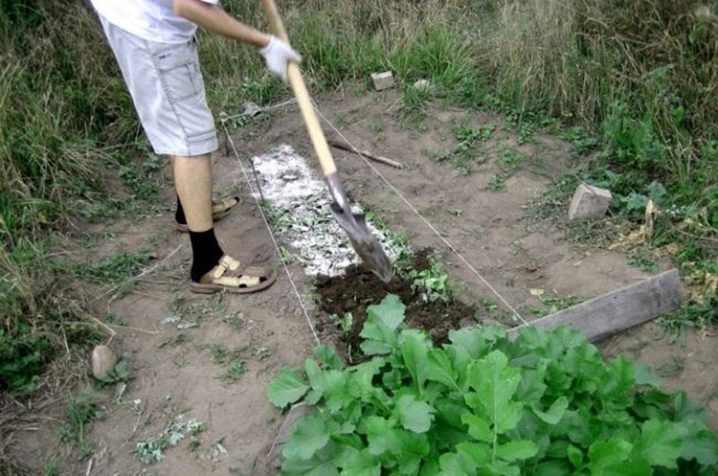
Diseases and pests
Japanese radish is susceptible to the same pests as its local relatives. The most common are mucous bacteriosis, felt disease, keela, mosaic, black leg. For the prevention of diseases, it is advisable to treat daikon seeds with a solution of potassium permanganate. Do not forget about the rules of crop rotation, timely inspection and removal, followed by complete destruction of damaged plants.
In the fight against black leg, you can use the drug "Fitosporin", adding it when watering both as a prophylactic agent and for treatment at the first signs of the disease... Various fungicides are used to destroy bacteriosis (Phytocide, Mikasa). When affected by mosaic mold, the affected areas of the tops are removed manually, and the area is spilled with a solution of potassium permanganate.
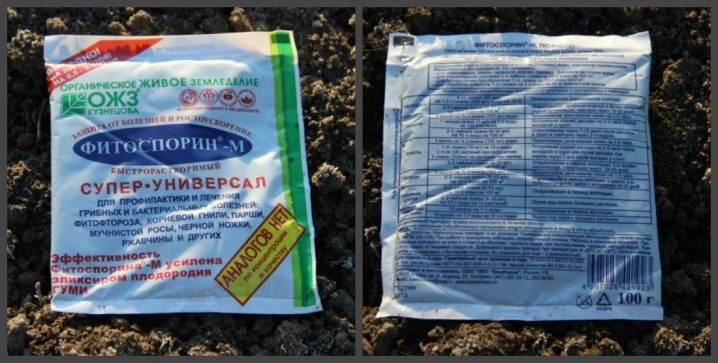
Of pests for daikon the most dangerous are cruciferous fleas, slugs, rape bugs and flower beetles... Spring plantings are most susceptible to their harmful effects. To kill insects, gardeners are actively using special preparations. "Masterpiece", "Calypso", "Prestige". It is advisable to carry out pest control as quickly as possible, preventing their reproduction. At the first signs of slugs appearing on the bed, grooves are dug on it, filled with wood ash. Natural methods have also proven themselves well, for example, planting along the border of the marigold plot. Their smell is good at repelling most pests.
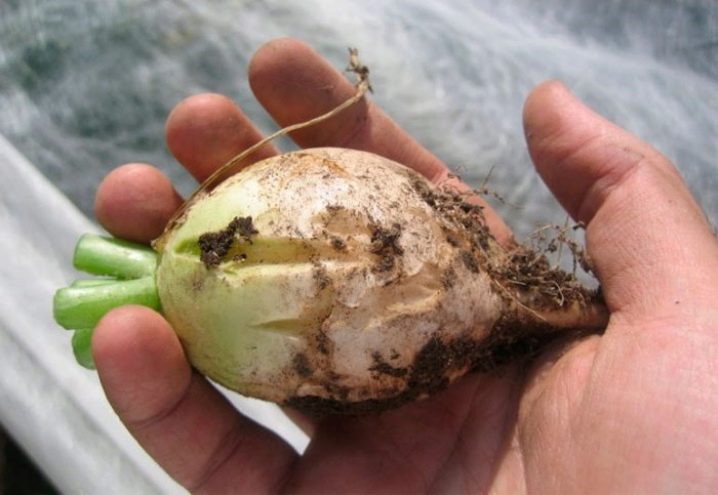
Harvesting and storage
Harvested usually in late September - early November, depending on the region. In the northern regions, where frosts can begin even at the end of August, harvesting dates are earlier. Whereas in the south, this process can be postponed until the first serious cold snap, since a mature root crop is resistant to temperatures down to -3 ° C. Due to the size and juiciness of the fruit, you need to dig it out very carefully. It is advisable to thoroughly spill the soil of the garden bed with plenty of water to facilitate the extraction of the root crop.
This variety is different good keeping quality, if the conditions are met, it can lie almost all winter... The minimum storage period is until December. Immediately after digging, the fruits must be thoroughly dried and cleaned of soil, all tops must be removed. Then you can put it away in a cool and dry place.
Root crops are stored in boxes with sand at temperatures from -1 to -7 ° C.
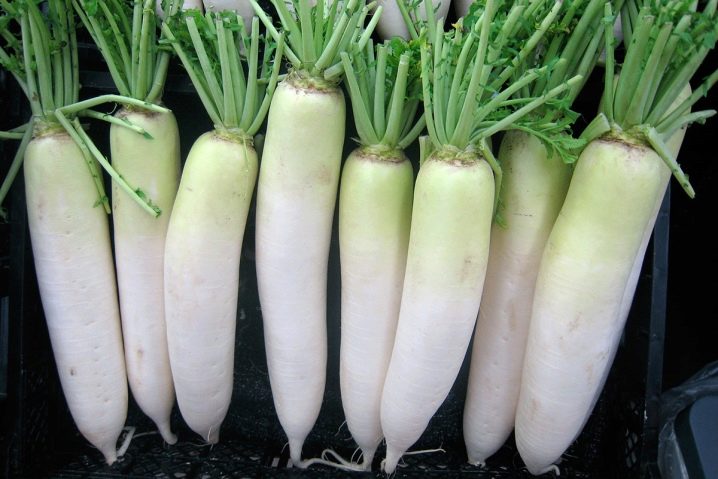













The comment was sent successfully.